Research scientist, Dr Mark Guthridge, PhD, from Melbourne Australia created this piechart to show that of these 13 diseases, people with Myalgic Encephalomyelitis/Chronic Fatigue Syndrome (ME/CFS) have the worst quality of life but the least number of scientific publications in 2018.
Follow Dr. Guthridge on Twitter.
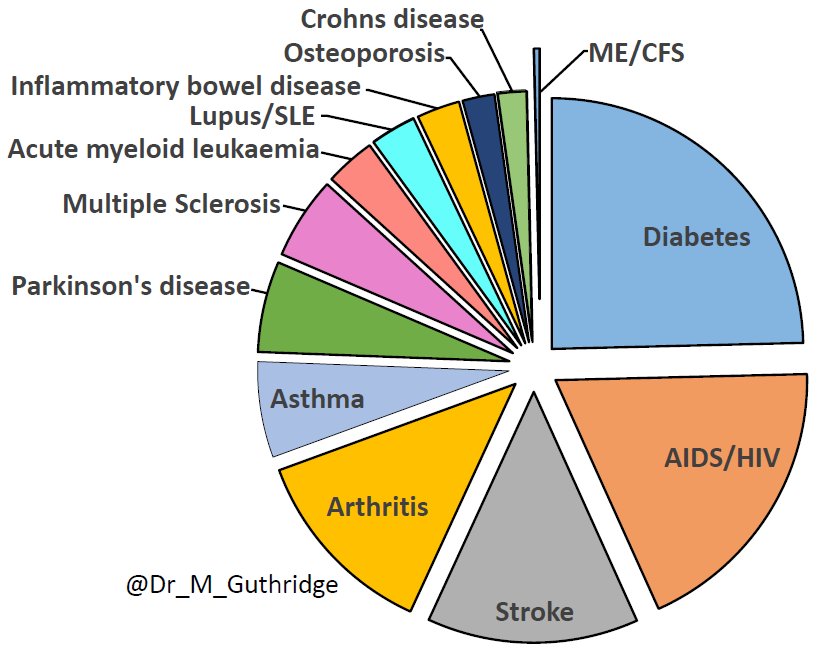
In this piechart, Dr. Guthridge shows that ME/CFS has the least number of active clinical trials for 2018.
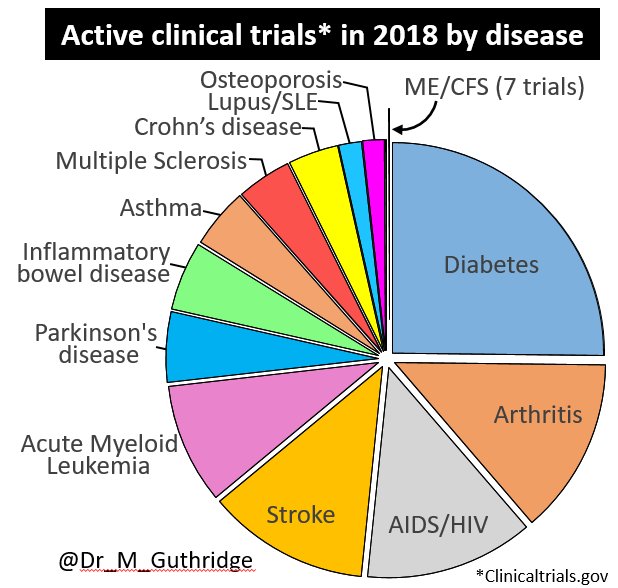
In this piechart, Dr. Guthridge shows that research has skewed towards the view that ME is a psychosomatic disease in the past 10 years. This piechart shows that the top 5 most influential scientific papers in ME/CFS research over the last 10 years (based on citations) are all based on behavioural research commanding more than 50 percent of the citations (red). Only 3 biomedical research papers made the top 10 with less than 25 percent of the citations (brown).
The issue of citations is tricky, however, since some citations may be critical of the work, while others are positive. A look at the 25 most recent citations, shows that 18 were positive, 6 were negative and 1 was neutral, meaning that favor still tips 3:1 in the direction of the research promoting a biopsychosocial model of ME.
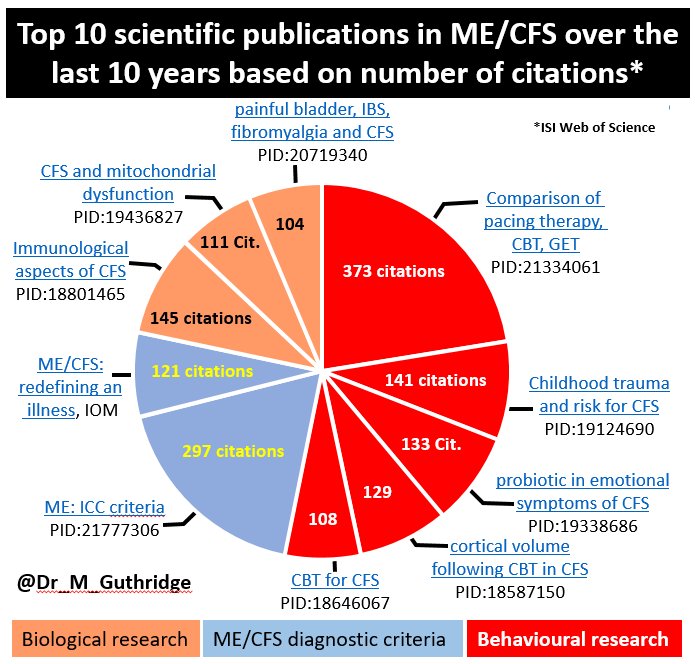
There are major flaws with the methodology of the studies focused on behavioural research (in red), including:
- The most cited article – the Lancet’s PACE trial that compares pacing, CBT and GET – uses a definition that the Agency for Healthcare Research and Quality and the National Institutes of Health have said includes people with other conditions that needs to be retired because it can “impair progress and cause harm.”The PACE trial has received widespread criticism from the international scientific community. More than 50 published letters in leading scientific journals have raised serious concerns about the robustness of its claims regarding the use of Cognitive Behavioural Therapy and Graded Exercise Therapy for people with ME.
- The Institute of Medicine report dismissed the study regarding childhood trauma and CFS because it included an overrepresentation of people with depression and PTSD.
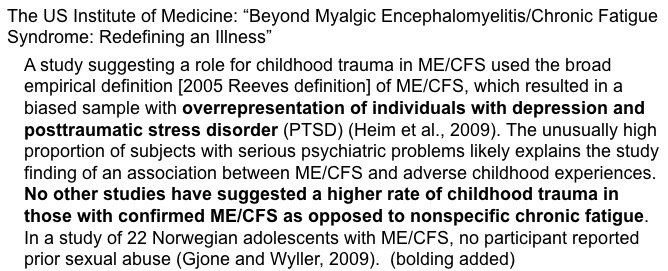
Tom Kindlon’s comment points out that participants success needs to be measured by objective outcomes not survey questions prone to bias:



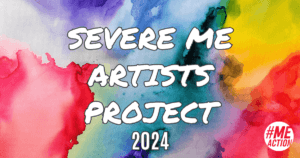
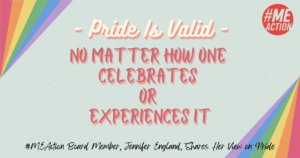

2 thoughts on “How Does ME Research Fare? Check Out these Piecharts.”
This visual representation of the criminally low funding and research is much appreciated and should be impactful to anyone with a sliver of a heart.
ME/CFS is a horrible affliction. I applaud all the people who are trying to get it noticed more and the research being done to try and find a cure. Heart disease is the leading cause of death for women, YET breast cancer gets the most notice and money. Why? Because of Susan Komen and the work she’s done to bring attention to it. Let the people who suffer from Chroic Fatigue Syndrome and their families and friends each do their part in spreading the word and make donations. It starts small but with everyone’s participation it will grow and grow. Thank you for reading this.
Comments are closed.